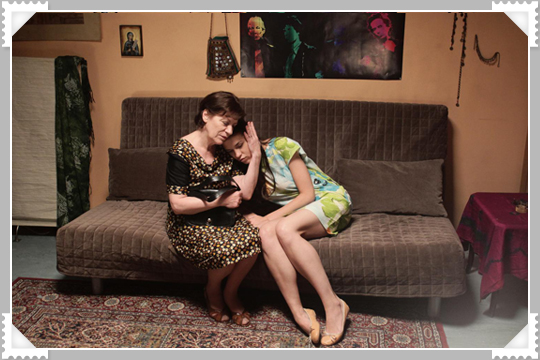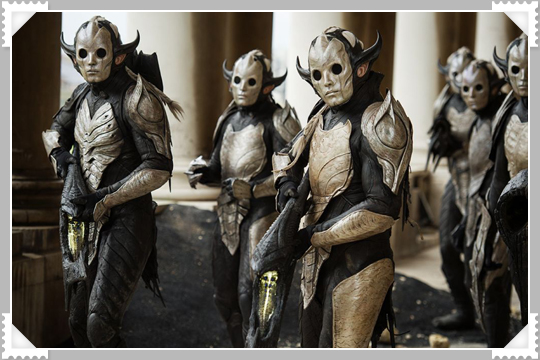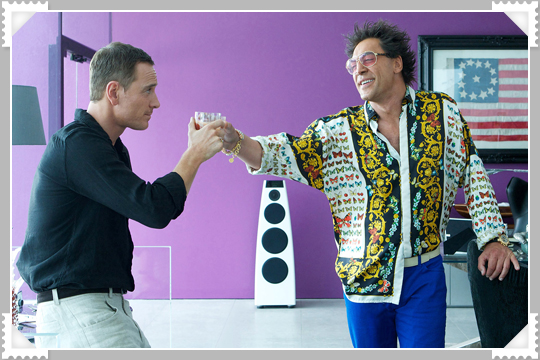Dear Kristen Anderson-Lopez, Song Lyricist
When it comes to power couples on Broadway, you and your husband Robert Lopez are certainly the toast of the town. It makes sense that he, the two-time Tony award-winner for Avenue Q and The Book of Mormon, and you, with celebrated work on Winnie the Pooh and the Finding Nemo musical, would be hired to create the music for a film like Frozen. It also sounds a lot like, well, a Disney fairy tale. Which is only appropriate, I suppose, for an animated film that is a triumphant return-to-form for the storied company.
From the first musical notes, which evoke the tribal hymns of The Lion King, Frozen is warmly reminiscent of Disney’s animated classics. Like The Little Mermaid, it’s inspired by a Hans Christian Anderson story. It borrows elements from the Sleeping Beauty storyline. The world-building uses Beauty and the Beast’s approach to anthropomorphism, where magic can make objects talk but not animals – in this case, an aloof and ever optimistic snowman, Olaf (Josh Gadd), who also happens to be the best comic relief since Robin Williams’ Genie in Aladdin. One sequence with a snow monster even feels like it’s embracing stop-motion animation techniques from that beloved black sheep of the Disney family, The Nightmare Before Christmas. Yet even with all these comparisons, Frozen never feels derivative or parodical. Instead – and thanks to your music – it’s exactly what Disney fans have been waiting for.
The opening song “Frozen Heart” introduces us to the winter kingdom of Arendelle, with male labourers carving out blocks of ice to the rhythm of their deep baritone chants (inspired, no doubt, by Les Misérables show-opener “Look Down”). You then do a wonderful job of pushing the story along through the time-ellipsing heartbreaker “Do You Want to Build a Snowman?”, which transitions our child characters to their adult selves. The hopeful longing continues in the dueling performance of “For the First Time in Forever”, sung between two perspectives of sisters Anna (Kristen Bell) and Else (Idina Menzel). This is where even more of your eccentricities are allowed to shine through, with lyrics like “I don’t know if I’m elated or gassy, but I’m somewhere in that zone”. You also do something novel for Disney by having the characters speak in the repetitive and emphatic verbiage of teenage girls. Take this in stanza, for example:
There’ll be actual real live people
It’ll be totally strange
But wow, am I so ready for this change.
The songs just keep getting better, from the quirky sing-a-long “Love is an Open Door” to the slightly absurd but wonderfully dippy “Summer Song”. Sure, the film doesn’t have 90s-era Céline Dion or Elton John-esque power ballad, but that actually feels appropriate for a film that ultimately aims to subvert both story and song conventions whenever possible. You obviously wanted to put some distance between yourself and your predecessors Howard Ashman and Alan Menken. It works, and the film succeeds as a result.
So in that spirit, here’s hoping you and your husband can keep working in such “sync-ro-ni-city” and continue to finish each others… sandwiches.
Sincerely,
Christopher
Status: Priority Post (4.5/5)









